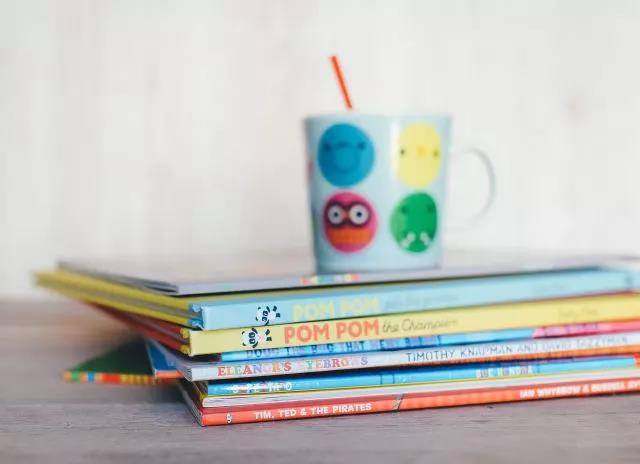2010年10月29日托福机经英文版原文
2012-01-19 00:00 供稿单位: 互联网
出国英语考试有哪些 雅思6.5是什么水平 雅思阅读评分标准 托福阅读评分标准 雅思和托福的区别
2010年10月29日
講非洲人的服飾,從服飾起源,意義,對現在的影響幾個方面討論。
African art:Textiles 非洲人的服飾藝術
In both East and West Africa, cloth traditionally was woven of locally grown and hand-spun cotton. In West Africa today most cotton is factory-spun (producing a more regular and easier-to-weave fibre), while in East Africa weaving traditions have virtually disappeared in the face of competition from ready-made fabrics. Woolen yarn is woven in rural Amazigh (Berber) areas of North Africa and by Fulani weavers of the inland Niger delta region of West Africa. Silk is also woven in West Africa. Hausa, Nupe, and Yoruba weavers in Nigeria use a locally gathered wild silk; Asante and Ewe weavers in southern Ghana use imported silk, a practice begun by Asante weavers unraveling imported fabrics in the 17th century. Fibres prepared from the leaves of the raffia palm are woven into cloth principally in central Africa, especially Congo (Kinshasa), though also in parts of West Africa. Throughout most of the continent, men are the weavers, though in some areas (Nigeria, The Sudan) women also weave. If in any place both sexes weave, each uses a different type of loom. The looms are of two basic types, according to whether one or both sets of warp (the lengths of yarn mounted on the loom) are leashed to a heddle. Each type has more than one version, especially the single-heddle, of which there are various upright and horizontal versions in different regions of Africa.
Weaving the yarn
The cultures that have developed the greatest skill and creative variety in woven design are undoubtedly the Asante and the Ewe, with the Fulani and other weavers of the middle Niger, on each side of Timbuktu, following closely in expertise. Three types of woven pattern are common. In the first, yarn of different colours is used for the warp, creating stripes along the length of the cloth. The variety of patterns is almost infinite; most are decorative embellishments of what would otherwise be a plain, naturally coloured textile, but certain patterns can have additional significance, indicating, for example, a corpse, a rich person, or a girl about to be married. This kind of patterning is most developed in West Africa. In the second type of pattern, the loom is set up in such a way as to allow the weft (the yarn interwoven with the warp) to predominate in the finished cloth so that the use of different colours gives patterns across the width of the cloth. This type of patterning is typical of North African cloth and of certain types of West African cloth. The third type of patterning employs an extra weft. This second yarn is woven in a different way from the basic weft, using a technique known as float weaving. This type of pattern is also common in West Africa. A further design element is provided by the unusual way in which the double-heddle loom has evolved in West Africa. The construction of the loom is so narrow that it weaves strips of cloth of considerable length; these strips are then sewn together edge to edge to make the finished textile. (The strips range from 0.5 inch (1 cm) in one tradition of Hausa weaving to less than a yard (90 cm) in another: cloth about 4 inches (10 cm) wide is typical of much of West Africa.) This process can create a repeated pattern of stripes or a juxtaposition of varied patterns.
Embellishing the woven cloth
The most widespread technique of embellishing already woven cloth is dyeing—particularly with indigo but also with other dye colours, all of which are obtained from local vegetable and mineral sources as well as in ready-made industrially produced form. Another pattern-making technique is known as resist-dyeing, in which parts of the cloth to be embellished are either tied, stitched, or painted with starch to prevent the dye from colouring those parts. Women of the Soninke (Senegal), the Guro and the Baule (C?te d'Ivoire), and the Yoruba peoples have developed contrasting styles in the use of this technique. Other techniques of embellishing woven cloth are embroidery and appliqué. Embroidery is especially common in two areas. In the first, the savanna stretching across West Africa, male embroiderers give pattern to the wide-sleeved gowns (historically of Saharan origin) typical of that region. The embroidery of the Hausa and the Nupe are the best-known examples. In the second area, Congo (Kinshasa), women of the Kuba people in particular embroider raffia cloth dyed and woven in complicated geometric motifs. Appliqué, mostly for flags, banners, and tent hangings, is practiced mostly along the Nile and in the savanna region immediately south of the Sahara. It often takes the form of Islamic texts cut out in cloth of one colour and sewn to cloth of a contrasting colour. An exception to this practice was the Fon kingdom of Dahomey (present-day Benin), in which banners displayed the attributes of successive kings. In many places appliqué is presently employed in the preparation of masquerade costumes. A related technique is the stitching of glass beads onto a cloth backing—for example, to make royal regalia and sometimes other ceremonial objects. Those practicing this technique are the Yoruba and the Kuba and the various peoples of the Cameroon grasslands.
新航道国际教育集团提供专业的雅思培训、托福培训、GRE培训、SAT培训、剑桥青少英语培训等,为广大学子“开启英语成功之道”

- 新航道,英语成功之道。时间获取新航道英语学习资料和新鲜资讯,请在微信公众账号中搜索「新航道英语」或者「xhdenglish」,或用手机扫描左方二维码,即可获得新航道每日精华内容推送和英语学习经验分享,并参与新航道举办的各项活动。
精彩专题
更多视频荟萃
更多
-
120托福节之李老师:你的托福阅读领路人!
时长:01-18

-
120托福节之冉维:你的托福写作领路人!
时长:01-18
托福预测
更多
-
2017年托福听力考情分析及2018年备考建议
2017 年全年的48 场新托福考试已经落下帷...
- 2017年托福口语考情分析及2018年备考建议
- 2017年托福阅读考情分析及2018年备考建议
- 2017年托福写作考情分析及2018年备考建议(下)
- 2017年托福写作考情分析及2018年备考建议(上)








